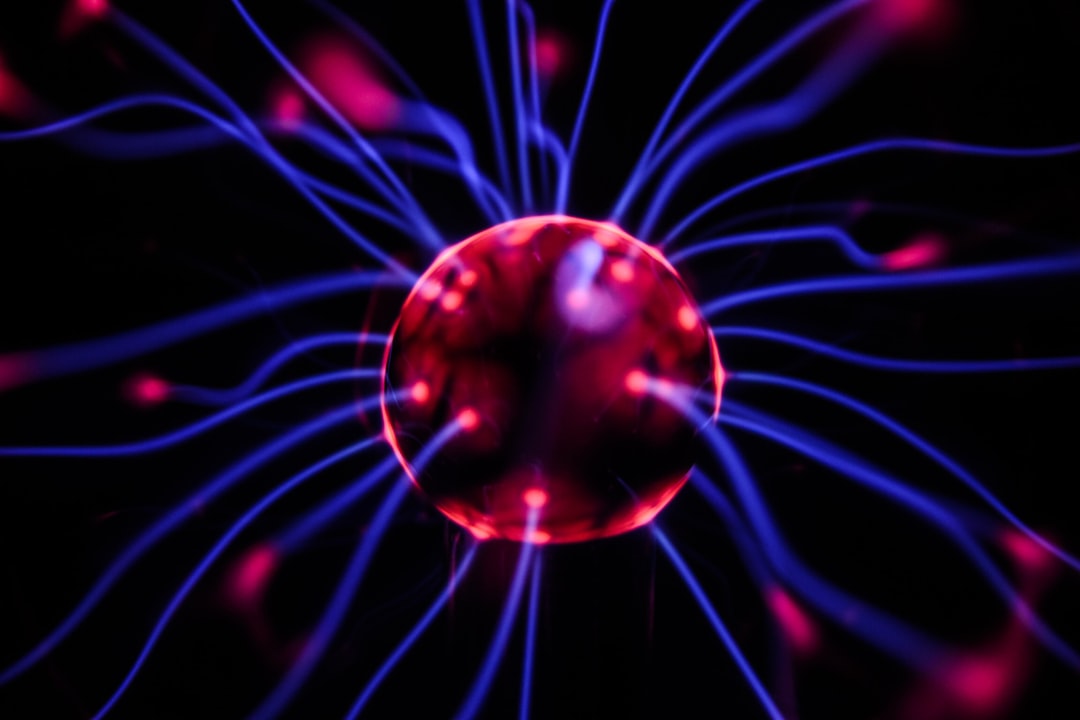What is it about?
An initially localized polarization excitation spreads quantum mechanically in a crystal much as a ink drop diffuses in water. This spreading occurs in a time scale dubbed T2. However, here we are able to revert the microscopic quantum scrambling mechanisms that manifest in this macroscopic diffusion. The recovered excitation after this time reversal procedure is now called Loschmidt Echo, whose intensity is smaller the longer we wait for the reversal. This decay has a time scale T3. By considering different crystals and spin environment we show that while a strong interaction with the environment controls T3, while if the environmental strength is weak T3 becomes perturbation Independent with a scale of a few T2. This proves that irreversibility/decoherence is an emergent phenomena. Our experiment extends an ingenious pulse sequence devised by Zhang, S., Meier, B. H., and Ernst, R. R., 1992, Phys. Rev. Lett., 69, 2149 reverses the many-body time evolution (`spin diffusion’) of the local polarization, which in a dipolar coupled 1H spin system spreads with a time scale T2. This refocusing originates a polarization echo, the Loschmidt Echo, whose amplitude attenuates in a timescale T3 by increasing the time tR elapsed until the dynamics are reversed. Different functional attenuations are found for a set of dipolar coupled systems: ferrocene, (C5H5)2Fe, cymantrene, (C5H5)Mn(CO)3, and cobaltocene, (C5H5)2Co. To control a relevant variable involved in this attenuation a pulse sequence has been devised to progressively reduce the dipolar dynamics. Since it reduces the evolution of the polarization echo it is referred to as the REPE sequence. Two extreme behaviors were found while characterizing the materials. In systems with a strong source of relaxation and slow dynamics the attenuation follows an exponential law (cymantrene). In systems with strong dipolar dynamics the attenuation is mainly Gaussian. By the application of the REPE sequence the characteristic time of the Gaussian decay is increased until the presence of an underlying dissipative mechanism is revealed (cobaltocene). For ferrocene, however, the attenuation remains Gaussian within the experimental timescale. These two types of behavior suggest that the many-body quantum dynamics present an extreme intrinsic instability which, in the presence of small perturbations, leads to the onset of irreversibility. We show that Loschmidt Echo decay is proportional to entropy growth. Our experimental conclusions are consistent with the tendencies displayed by the numerical solutions of model systems.
Featured Image
Why is it important?
This is the first experimental test of intrinsic irreversibility/decoherence rate obtained from the Loschmidt Echo. This lays a fundamental support for Central Hypothesis of Irreversibility (CHI = in a high temperature many body system irreversibility/decoherence of a local excitation occurs a rate that is controlled by the many-body dynamics) that has been sustained since then by Pastawski and collaborators. Notice that in a one body case this does not hold as intrinsic decoherence, as later shown by Jalabert and Pastawski, only appears beyond a critical value of the perturbations. This would mean that for the CHI to hold, this critical value should become cero in the thermodynamic limit. The Solid State NMR REPE pulse sequence was developed here to allow for these conclusions.
Perspectives
I consider this paper, submitted as birthday tribute to Nobel Prize winner Richard Ernst, one of the most important of my career. It contains the most results that shape my way of understand the problem, and that shaped my further works on the Loschmidt Echo: Decoherence and Irreversibility are an emergent property of many-body systems and result in a time scale T3 which is essentially a few times T2 as a perturbation independent decay. If the environmental times scales are shorter than T2 they would dominate the Loschmidt Echo. I would expect many more cites to this fundamental result.
Professor Horacio M. Pastawski
Instituto de Física Enrique Gaviola- Conicet- Universidad Nacional de Córdoba
Read the Original
This page is a summary of: Gaussian to exponential crossover in the attenuation of polarization echoes in NMR, Molecular Physics, December 1998, Taylor & Francis,
DOI: 10.1080/00268979809483253.
You can read the full text:
Contributors
The following have contributed to this page










